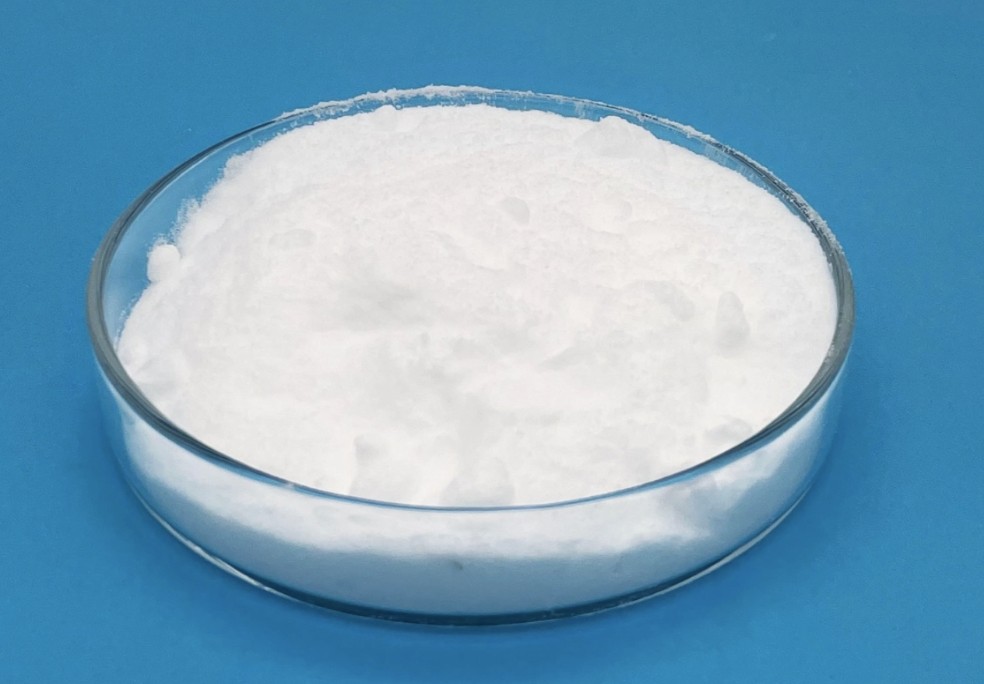Sinonime în engleză: 2- (propylamino) propion-o-toluidide; N- (2-Methylphenyl) -2- (propylamino) propa-namide; Prilocaine base
CAS: 721-50-6
Număr EINECS: 211-957-0
Formulă: C13H20N2O
Greutate moleculară: 220.31
Solubilitatea apei: soluble in water and ethanol, slightly soluble in chloroform
Test:99%
Aspect: pulbere cristalină albă
Prilocaine is a local anesthetic of the amino amide type first prepared by Claes Tegner and Nils Lö Fgren.
In its injectable form (trade name Citanest), it is often used in dentistry. It is also often combined with lidocaine as a preparation for dermal anesthesia (lidocaine/prilocaine or EMLA), for treatment of conditions like paresthesia. As it has low cardiac toxicity, it is commonly used for intravenous regional anaesthesia (IVRA).Prilocaine belongs to amide local anesthetic drug with its anesthesia intensity and speed being similar as lidocaine but with a longer duration period and weaker effect on vasodilation. It has a lower toxicity than lidocaine. It is clinically for local anesthesia, especially suitable for treating patients who are not allowed to use adrenaline.
Anestezie, local- Proparacaina și tetracaina sunt indicate pentru a produce anestezie locală de scurtă durată pentru proceduri oftalmice, inclusiv măsurarea presiunii intraoculare, îndepărtarea corpurilor străine și a suturilor, și răzuirea conjunctivală și corneană în diagnostic și gonioscopie.
prilocaine topical cream is used on the skin or in the genital area to cause numbness or loss of feeling before certain medical procedures. It is used to prevent pain caused by an injection, the drawing of blood from a vein, or minor surgeries such as removing warts. This medicine contains a mixture of two topical local anesthetics. It deadens the nerve endings in the skin. Relieving pain of normal intact skin and numbing skin to pain from injections and other medical procedures. prilocaine cream is a local anesthetic. It works by blocking nerves from transmitting painful impulses to the brain Prilocaine Hydrochloride Injection, USP, 4% is a sterile, non pyrogenic isotonic solution that contains a local anesthetic agent and is administered parenterally by injection. See indications and usage for specific uses.
Prilocaine stabilizes the neuronal membrane by inhibiting the ionic fluxes required for the initiation and conduction of impulses, thereby effecting local anesthetic action.Excessive blood levels may cause changes in cardiac output, total peripheral resistance, and mean arterial pressure. These changes may be attributable to a direct depressant effect of the local anesthetic agent on various components of the cardiovascular system. Prilocaine crosses the blood-brain and placental barriers, presumably by passive diffusion. Factors such as acidosis and the use of CNS stimulants and depressants affect the CNS levels of prilocaine required to produce overt systemic effects. In the rhesus monkey, arterial blood levels of 20 mg/mL have been shown to be the threshold for convulsive activity.






















